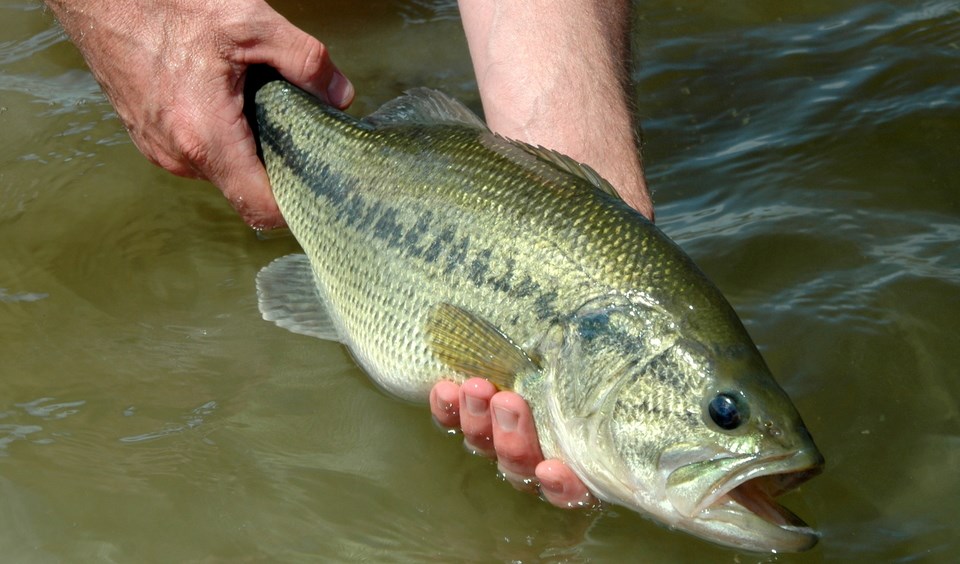
Fish and wildlife experts disagree on the ethics of catch and release fishing. According to PETA (People for the Ethical Treatment of Animals), it’s cruel. Their opinion is backed by the research of scientists like James Rose, who told the New York Times that fish do feel a little pain.
However, proponents of catch and release fishing assert its conservation benefits. According to the National Parks Service, it allows more native fish to remain in the water and reproduce in the ecosystem. Some lakes such as Deerfield Lake and Westcolang Lake only allow catch and release fishing for this reason. Whatever your stance on this controversy, if you decide to try it, it’s important to do it properly to decrease fish mortality risk.
We talked with Greg Gerlich, assistant regional director for the fish and aquatic conservation program in the U.S. Fish and Wildlife Service to learn best practices. Based on his expertise and research as a fish biologist, he feels that “done properly, catch and release can be a way to enjoy fishing, particularly for people who don’t want to harvest the fish. It’s also very rewarding.”
So, before grabbing your fishing rod, consider these best practices for catch and release fishing.
Stick to Active Fishing
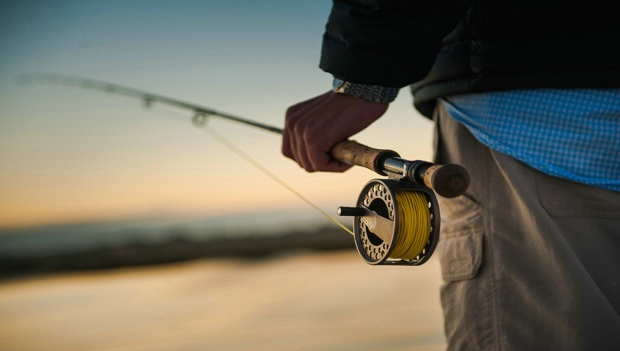
As opposed to passive fishing (e.g., nets, longlines, and traps), active fishing involves intentionally watching your contraption (e.g., fishing hooks and seining). With active methods, fish are less likely to swallow the bait and stay on the hook for too long. This is safer because when anglers are consciously paying attention to their bait, it’s easier to bring in a fish quickly and release it.
Gerlich adds, “Another key point is that you don’t want to overplay the fish and fight to exhaustion. It’s also important to make sure your line is sufficient weight and quality to bring in fish quickly.” Essentially, active fishing helps with speed and reaction time. The faster you can reel in the fish, the faster you can release it.
Limit the Fish’s Time Out of Water
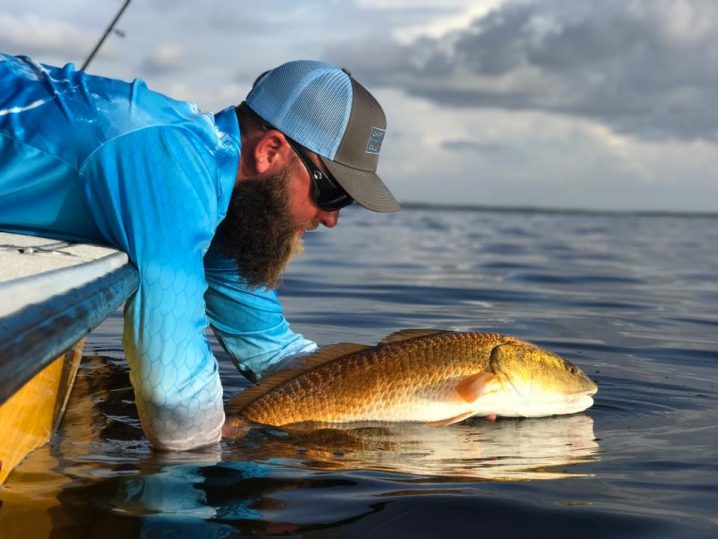
To reduce the fish’s stress and ensure survival, minimize its time out of water. This shorter interval involves thinking ahead of time. Get your line, tackle, and bait in order, pre-plan your photograph, and make sure your hands are wet to reduce the loss of the fish’s protective mucus. Then, lift the fish efficiently for a quick photo and immediately release it into the water.
A few tools can help enable a quicker release. According to the National Parks Service, artificial lures are the best choice for catch and release fishing because the hooks are easier to remove. Barbless hooks are much easier to remove. Plus, according to one Florida study on snappers and groupers, there’s no difference in catch rates between barbed and barbless hooks. Overall, stay mindful of handling the fish as little as possible.
Keep the Species in Mind
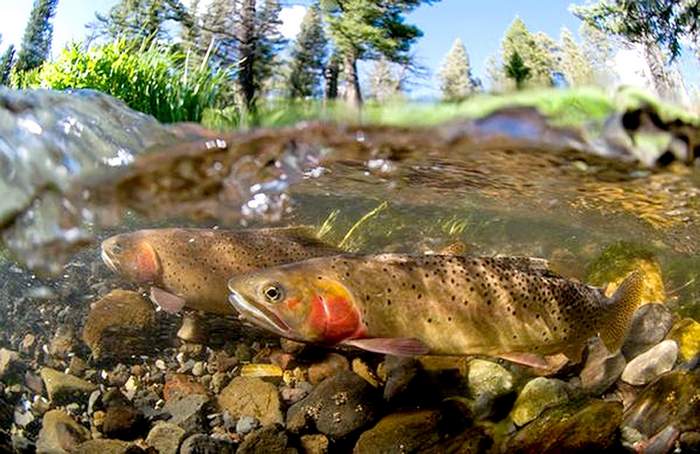
The impact of catch and release fishing differs depending on your lake’s biodiversity. Gerlich warns, “You don’t want to practice on species in water that is pushing their psychological tolerance.” One example is trout fishing. According to Gerlich, water above 70 degrees negatively impacts trout, especially if they’re stressed. Avoid trout fishing in these warm waters.
Similar precautions apply to fish that reside in deep water. A deep-water fish has limited time to acclimate to each water stratification level when you’re reeling them in. According to South Carolina Coastal Resources, this is called “barotrauma,” referring to a body part or organ’s injury due to sudden changes in barometric pressure. Snapper and grouper are most commonly affected by barotrauma. To remedy this, use descending devices to return fish to their homes at lower depths.
Do Your Research
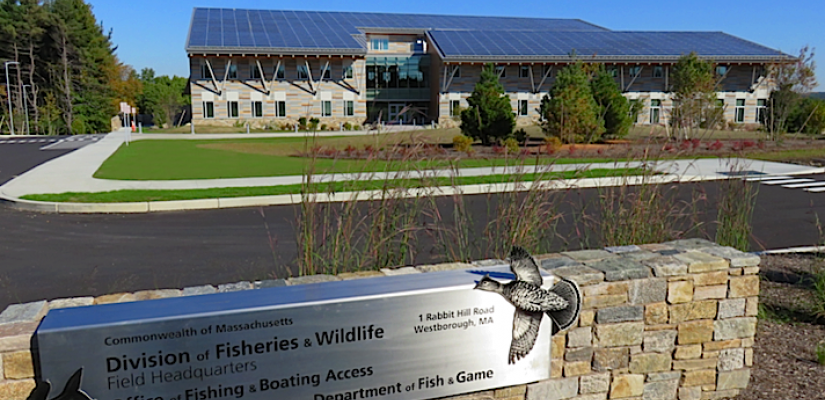
If you aren’t sure what precautions to take for the fish in your lake, educate yourself. If you’re on a private lake, talk to the homeowners association and connect with other anglers. If you’re on public waters, contact the state’s fish and wildlife management agency and your local fisheries.
Especially if you’ve just bought a lake home and you’re new to the area, it’s important to inquire about best catch and release practices in your area. Gerlich adds that sporting stores and fly fishing shops are excellent resources for anglers too. “It’s their business to know what fish are out there,” he says of guides at fly fishing stores.
Are you an avid angler at your lake house? What other catch and release fishing practices have you adopted?

